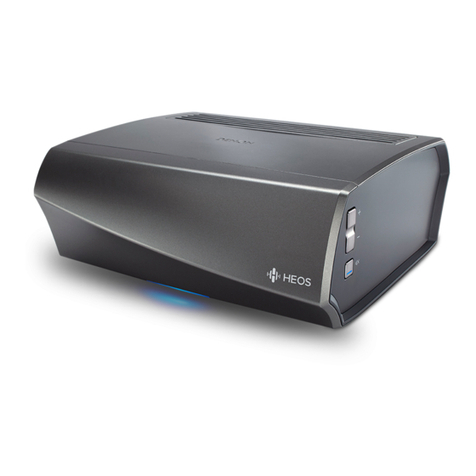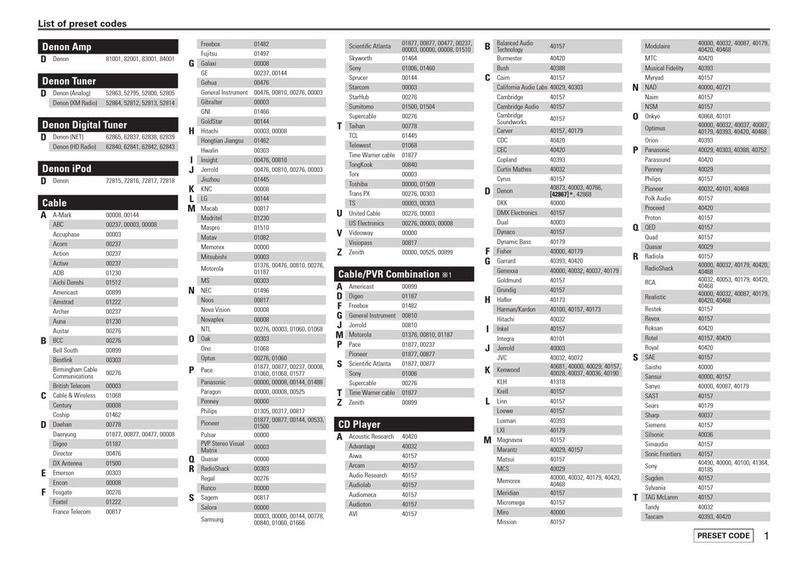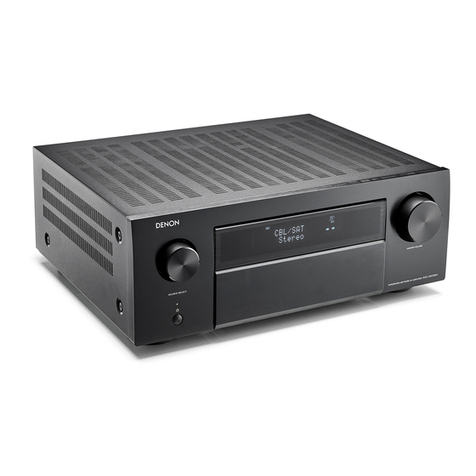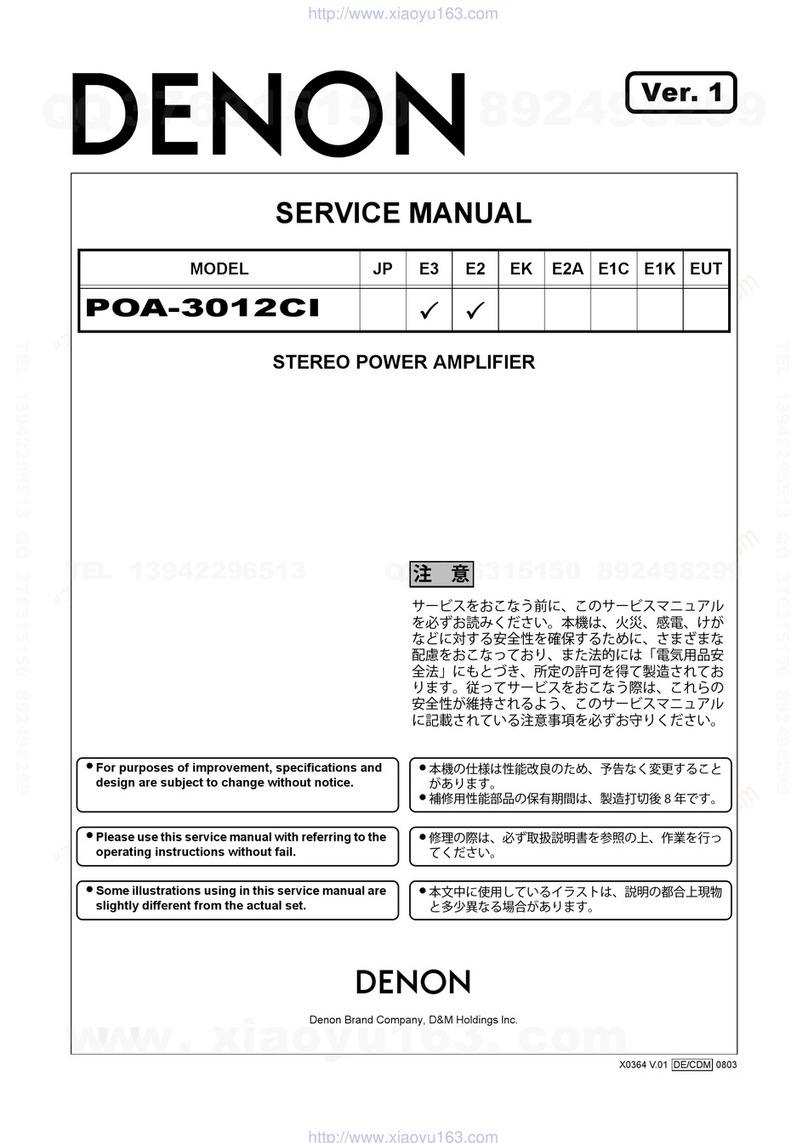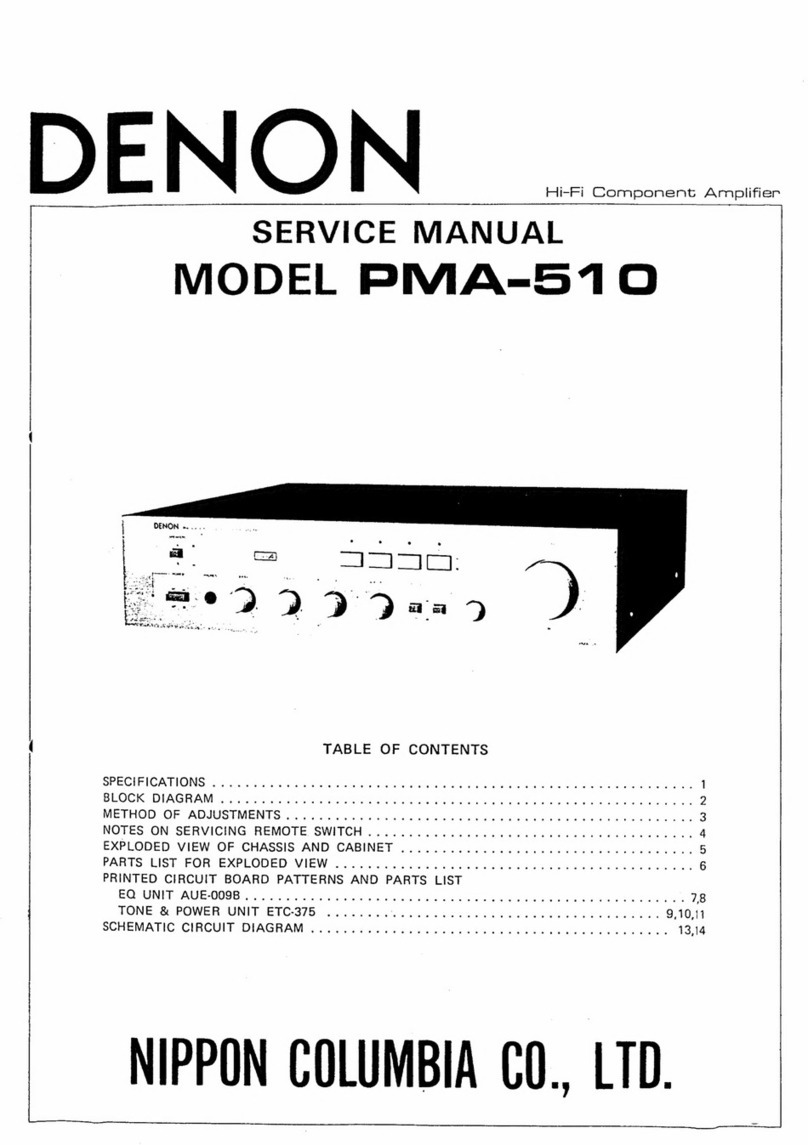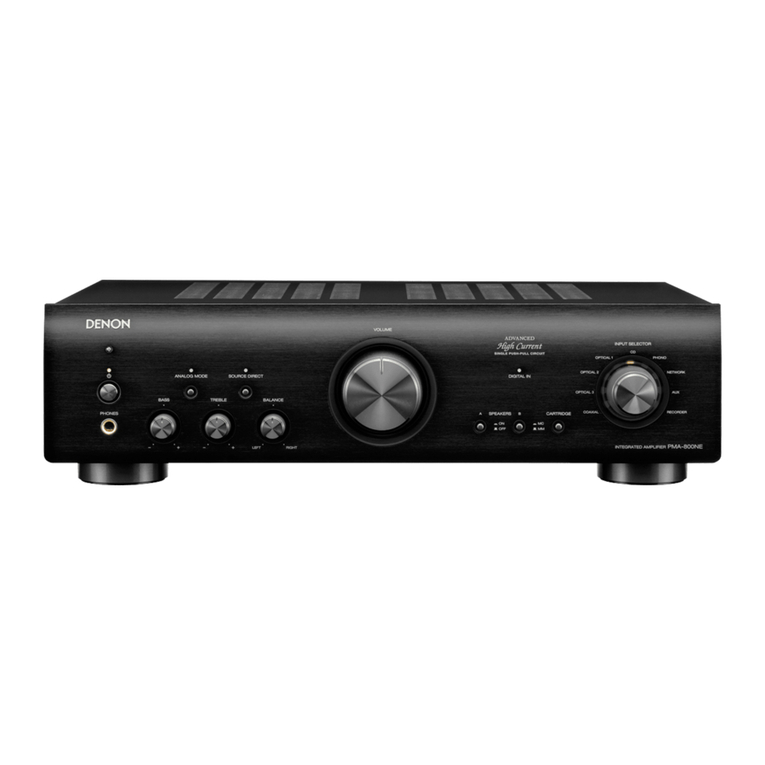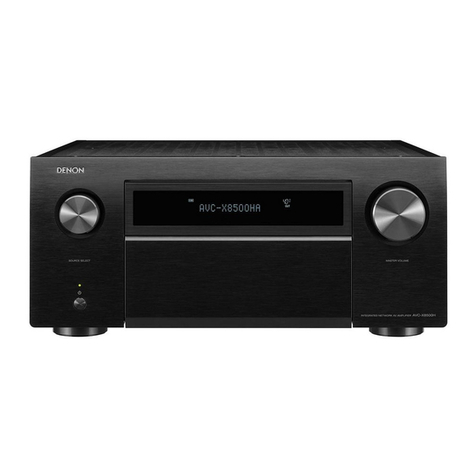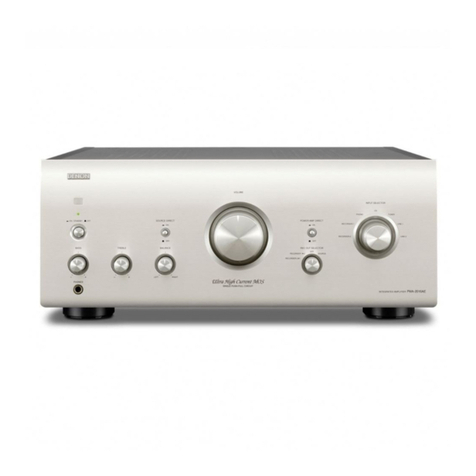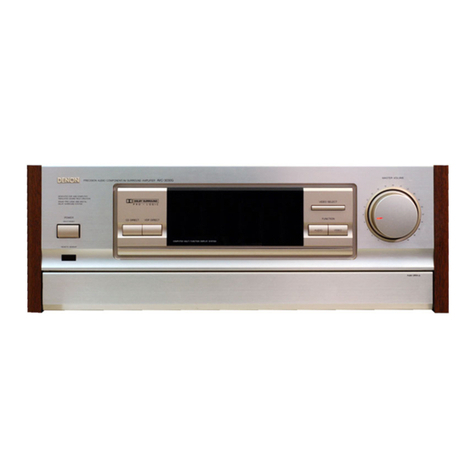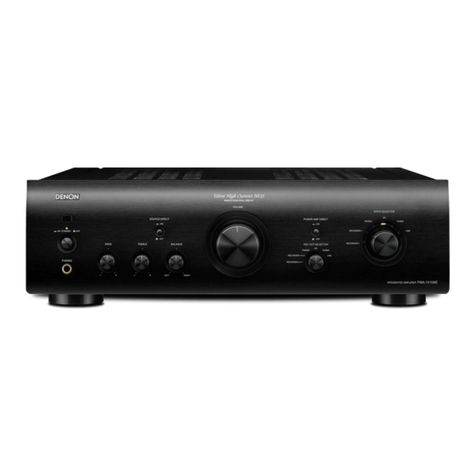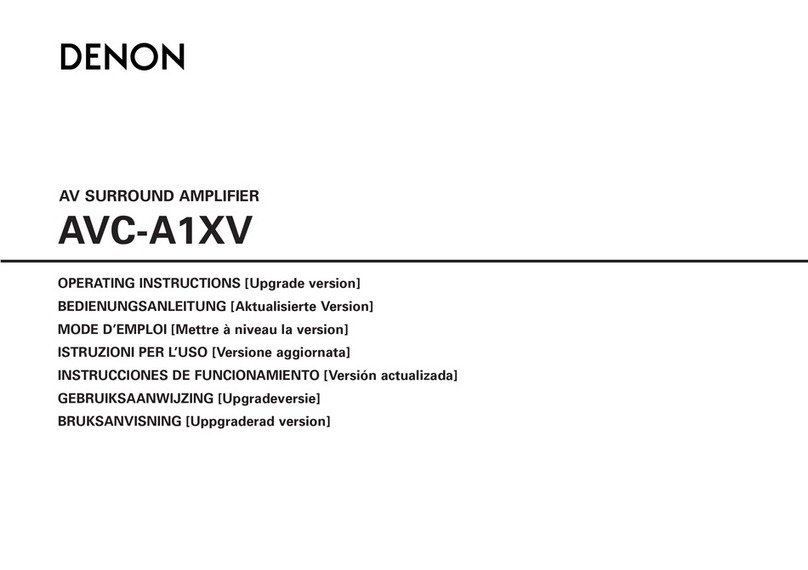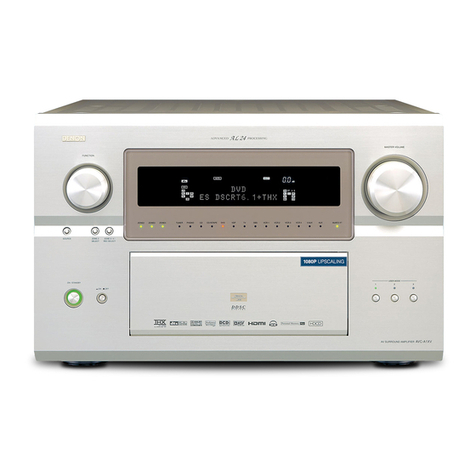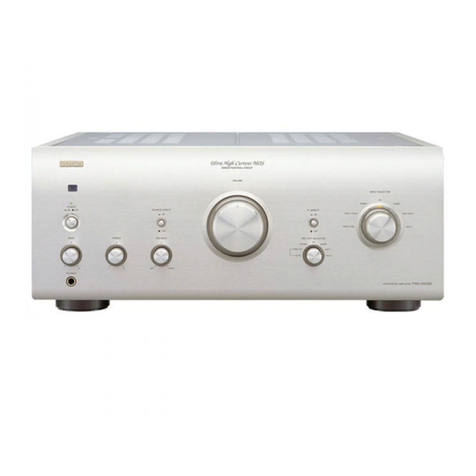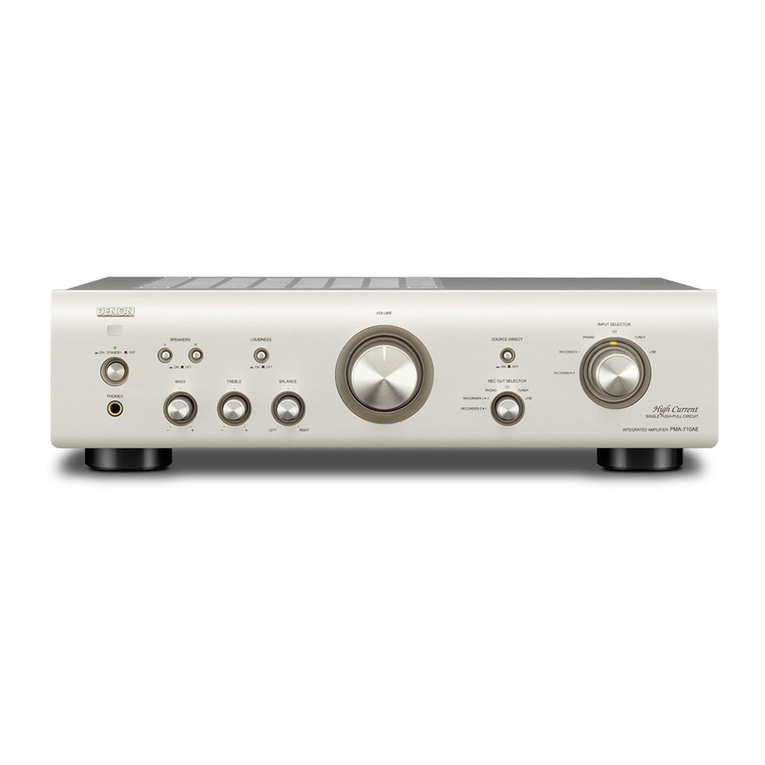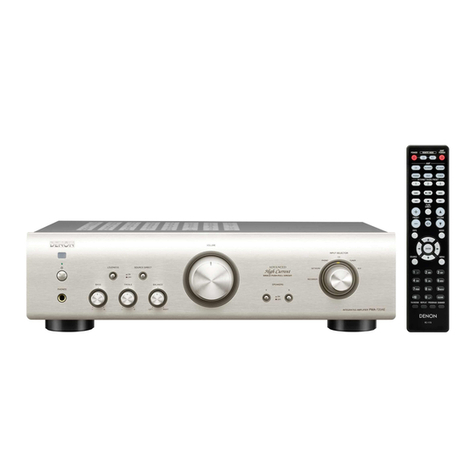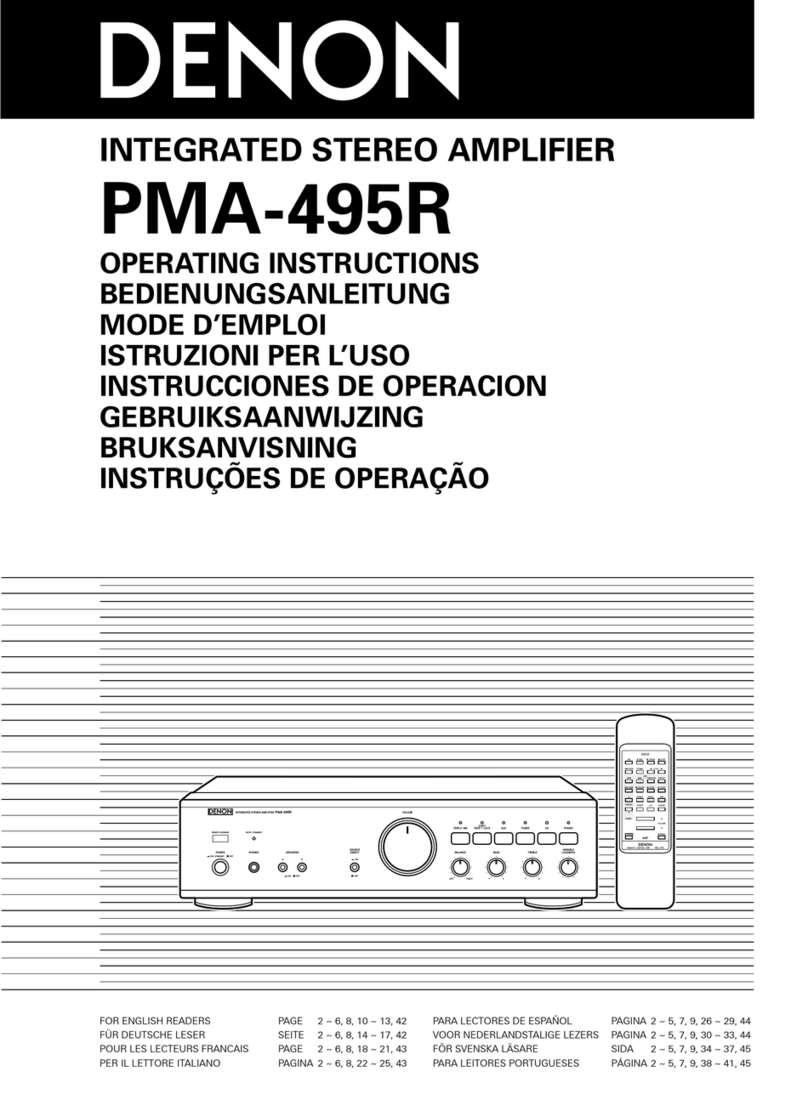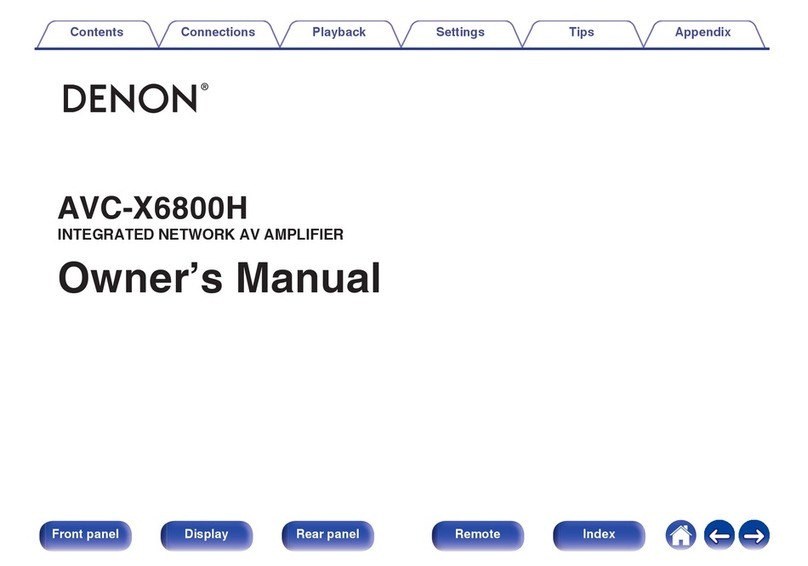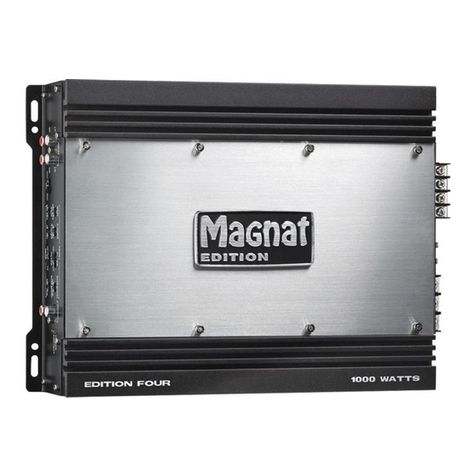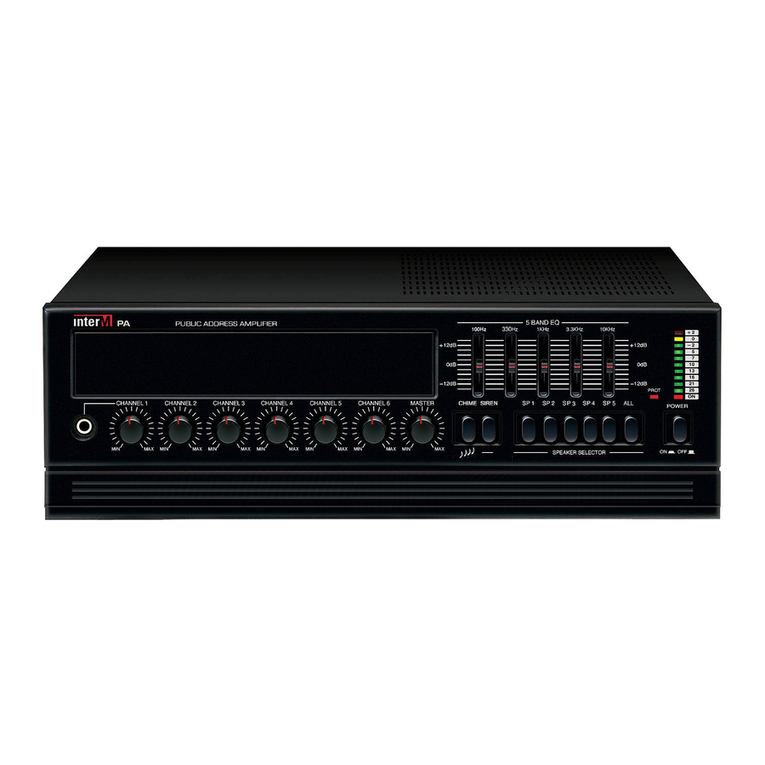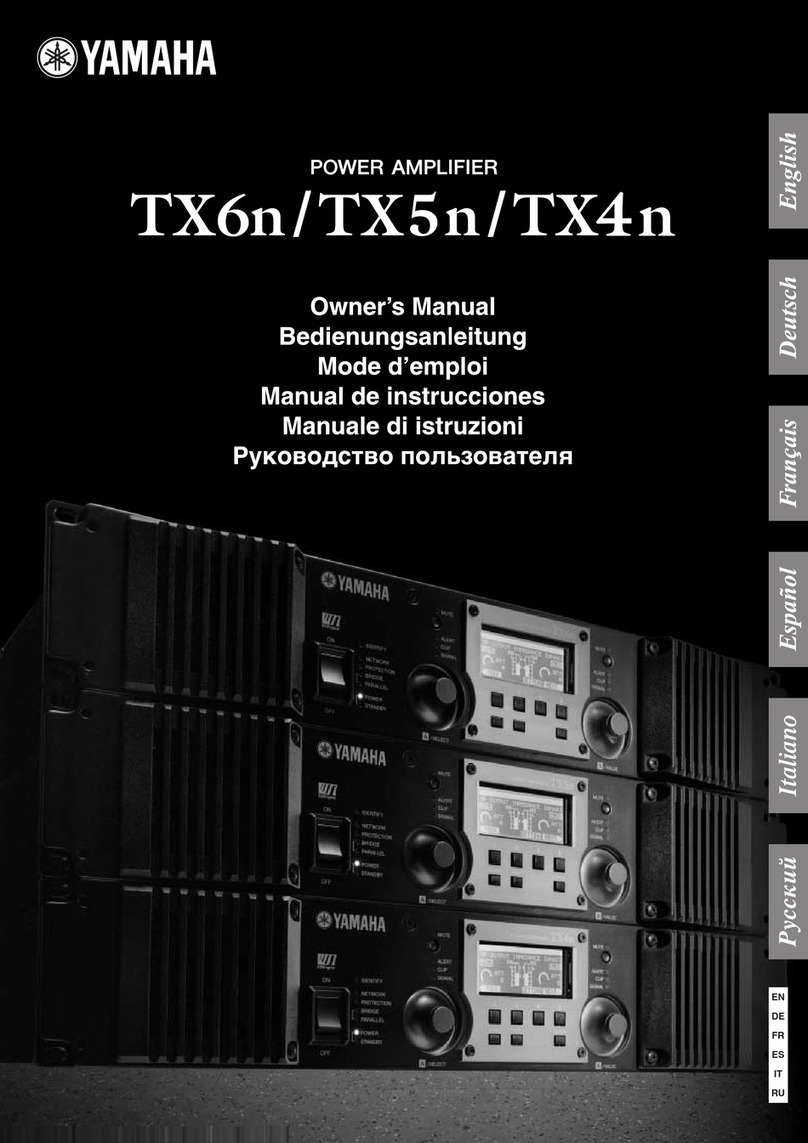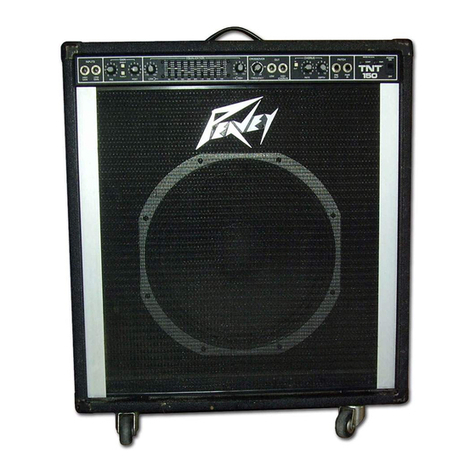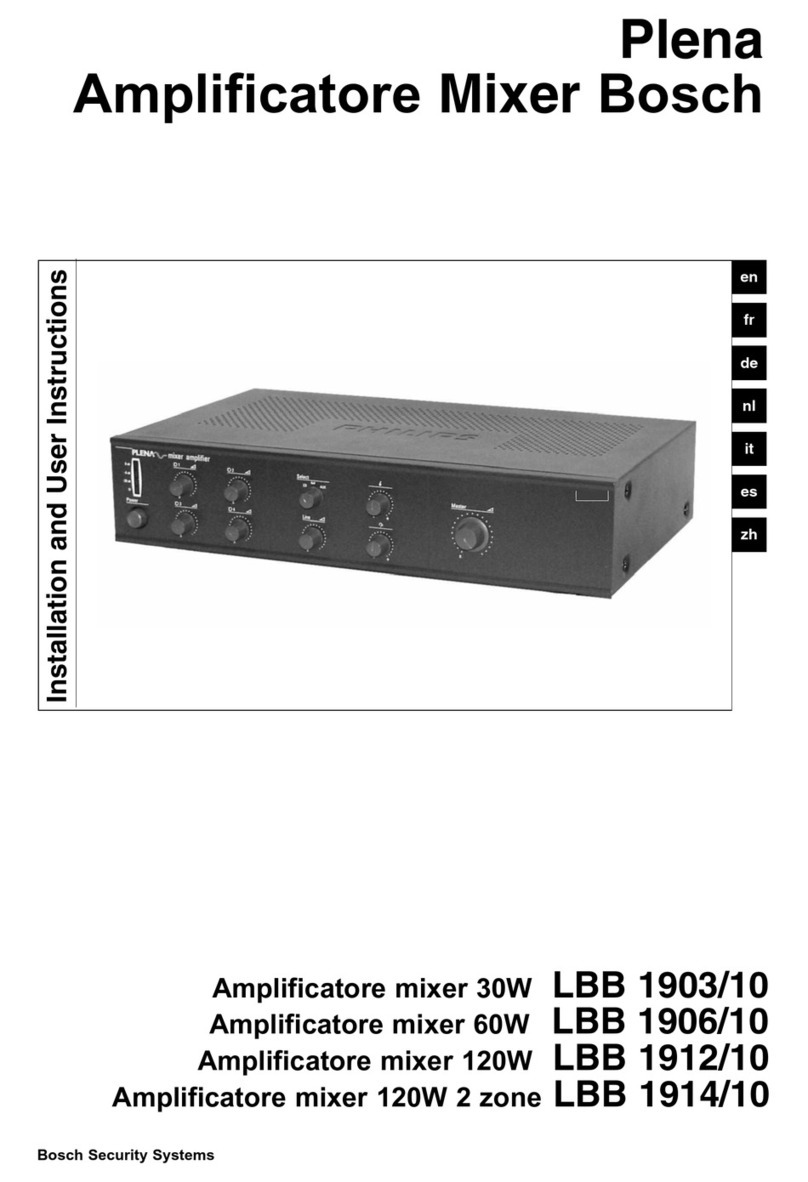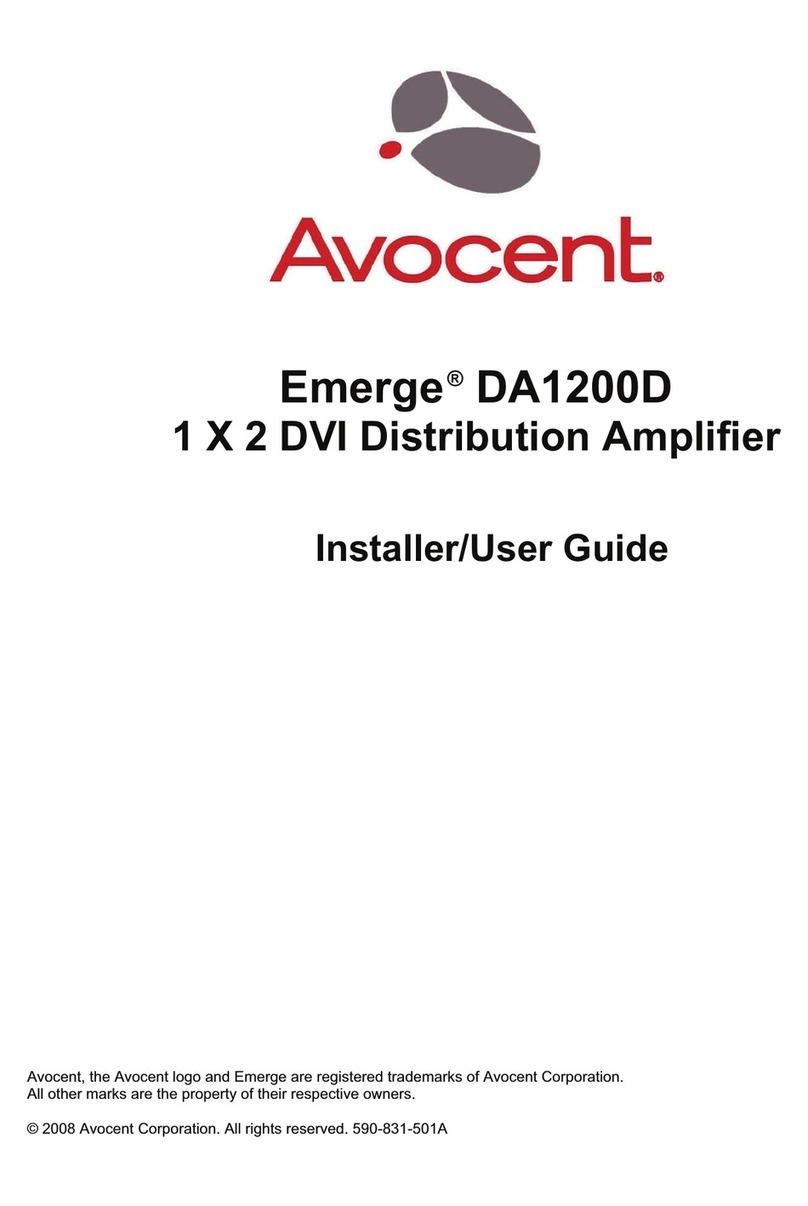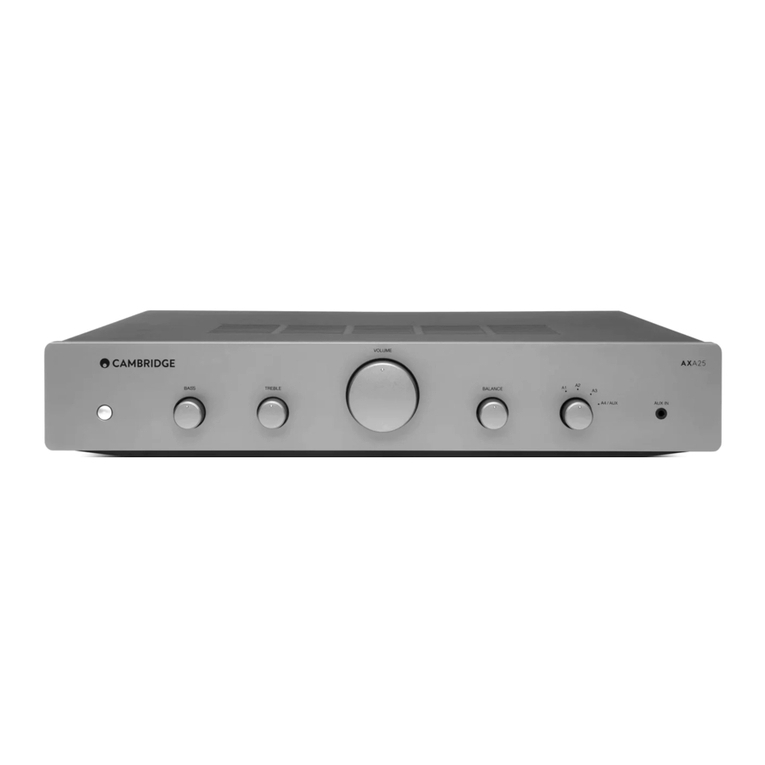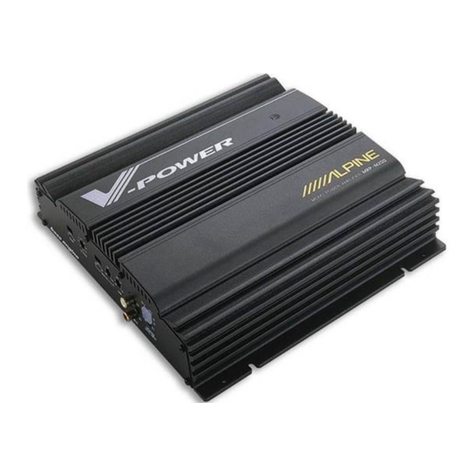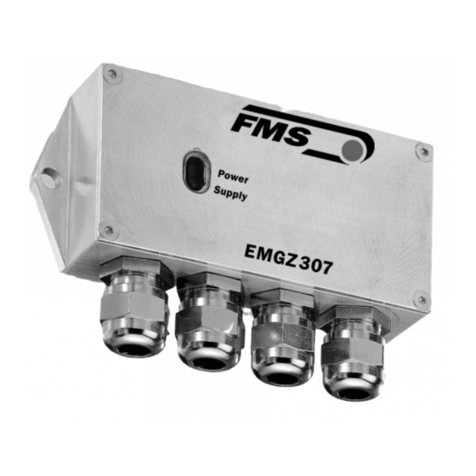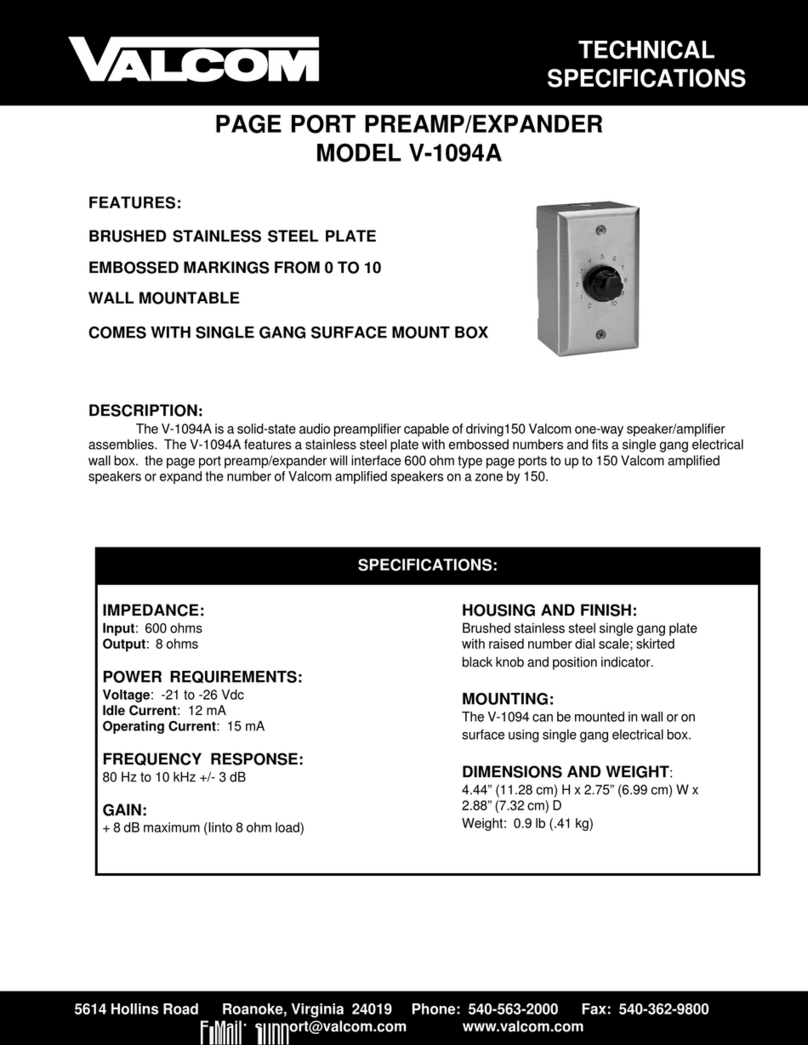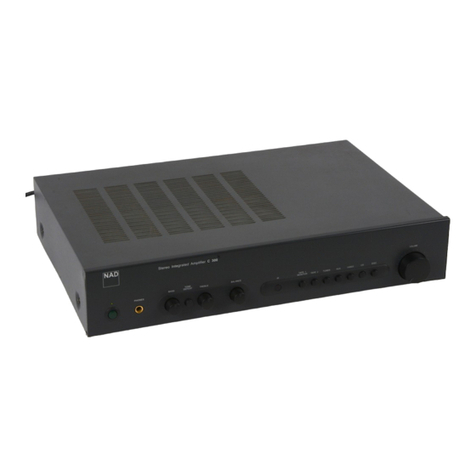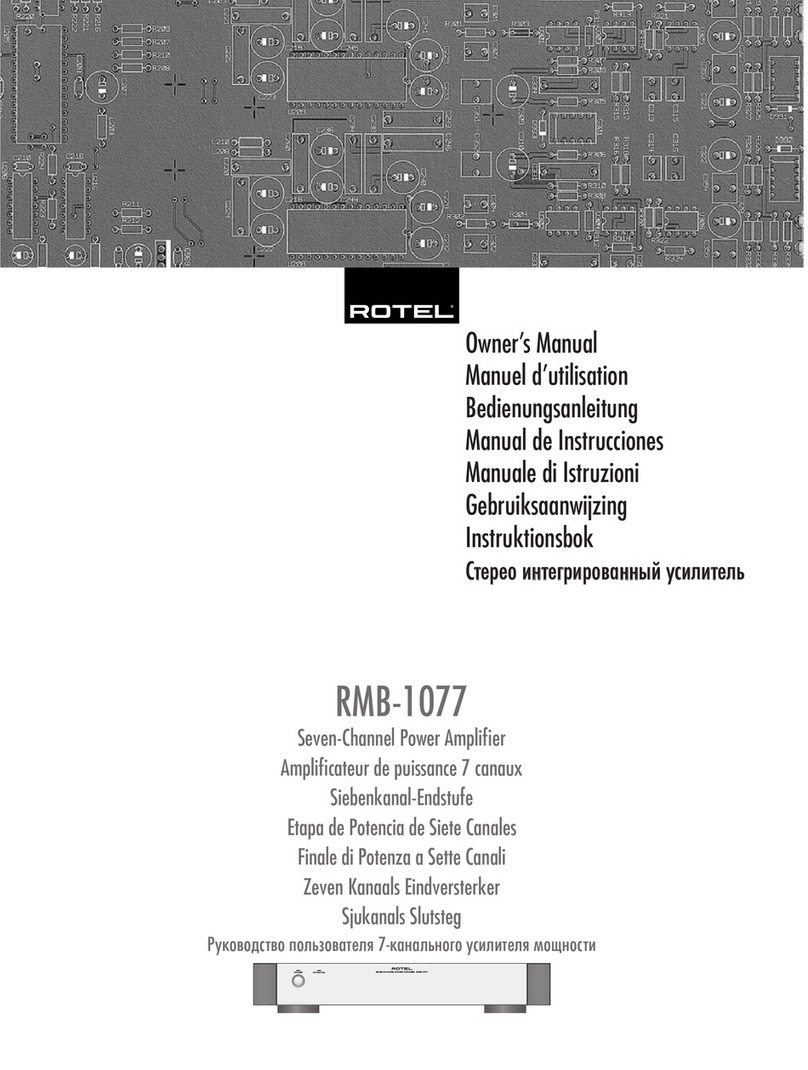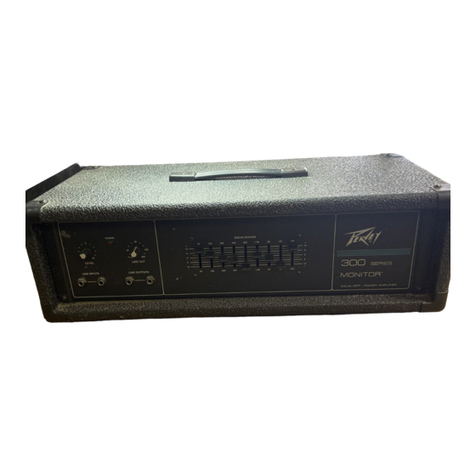
a
PVIA-360
Die
Deutsche
Bundespost
informiert
Sehr
geehrter
Rundfunktellnehmer,
Dieses
Gerit
ist
von
der
Deutschen
Bundespost
als
Ton-
bzw.
Ternseh-Rund-funkempfanger
bzw.
als
Komponente
einer
solchen
Antage
(Tuner,
Verstarker,
aktive
Lautsprecherbox,
Frenseh-Monitor
u.
dgl.)
zugelassen.
Is
entspricht
den
zur
Zeit
geltenden
Technischen
Vorschriften
und
ist
zum
Nachweis
dafir
mit
dem
Zulassungszeichen
der
Deutschen
Bundespost
gekennzeichnet.
Bitte
Gberzeugen
Sie
sich
selbst.
Dieses
Ger&t
dart
im
Rahmen
der
“Aligemeingenehmigung
fir
das
Irrichten
und
Betreiben
von
Ton-
und
Fernseh-Rundfunkempfangern”™
in
der
Bundesrepublik
Deutschland
betrieben
werden.
Beachten
Sie
aber
bitte,
da@
autgrund
dieser
Genehmigung
hur
fir
die
Allgemeinheit
bestimmte
Sendungen
und
solche,
fir
die
ebanfalls
eine
Allgemeine
Empfangsgenehmigung
erteiit
worden
ist*).
empfangen
und
wiedergegeben
werden
dirfen.
Wer
unbefugt
andere
Sendungen
{z.
B.
des
Polizeifunks,
des
Mobiifunks)
emfangt
und
wiedergibt,
verst6Bt
gegen
die
Genehmigungsauflagen
und
macht
sich
daher
nach
§
15,
Absatz
2a
des
Gesetzes
ber
Fernmeldeanlagen
strafbar.
Die
Kennzeichnung
mit
dem
Zulassungszeichen
bietet
Ihnen
die
Gew&hr,
da&
dieses
Gerat
keine
anderen
ordnungsgema®6
errichteten
und
betriebenen
elektrischen
Anlagen
stért.
Der
Zusatzbuchstabe
S**}
baim
Zulassungszeichen
besagt
auBerdem,
da&
das
Gerét
gegen
stérendue
Beeinflussungen
durch
andere
ordnungsgemaB
errichtete
und
bdetriebene
elektrische
Anlagen
weitgehend
unemofinolich
ist,
Geréte
ohne
den
Zusatz
S$
sind
nicht
besonders
sicher
gegen
Beeinflussungen.
Sollten
bei
Geraten
mit
dem
Zusatz
S
ausnahmsweise
trotzdem
Beeinflussungen
auftreten,
oder
wenn
Sie
Fragen
haben,
so
wenden
Sie
sich
bitte
an
die
drtiich
zustandige
Funkst6rungsmeBstelle.
*)
Zur
Zeit
fir
den
Empfang
der
Aussendungen
von
Amatourfunkstellen
und
der
Normal
frequenz-
und
Zeitzeichensendungen.
**)
Weitere
Zusaétze
haben
in
Bezug
auf
die
Stérfestigkeit
keine
Bedeutung,
Sie
geben
bei
Empfangern
vielmehr
Aufschlu&
Gber
Empfangsmédglichkeiten.
Allgemeine
Genehmigung
fir
Ton-
und
Fernseh-Rundfunkempfanger
Die
Allgemeine
Ton-
und
Fernseh-Rundfunkgenehmigung
vom
11
12.1970
iverdffenticht
im
Bundesanzeiger
Nr
234
vorn
16.12.1970)
wird
unter
Bezug
auf
Abschnutt
Ill
der
Genehmigung
durch
folgende
Fassung
der
Aligemeinen
Genehmigung
fur
Ton-
und
Fermseh-Rundfunkempfanger
gemaB
den
§§
1
und
2
des
Gesetzes
uber
Fernmeideaniagen
ersetzt
Genehmigung
fir
Ton-
und
Fernseh-Rundfunkemptinger
!
1
Die
Errichtung
und
der
Betrieb
von
Ton-
und
Fernseh-Rundfunkempfangern
werden
nach
§§
1
und
2
des
Gesetzes
uber
Fernmeldeaniagen
in
der
Fassung
der
Bekanntmachung
vom
17
3.1977
(BGBI.
|.
S.
459}
alige-
mein
genehmigt
,
2
Ton-
und
Fernseh-Rundfunkempfanger
im
Sinne
dieser
Genehmigung
sind
Funkanlagen
gema8
$1
Abs.
t
des
Gesetzes
uber
Fernmeldeanlagen.
die
ausschleBiich
die
fur
Rundfunkempfanger
zugelassenen
Frequen-
zabstimmbereiche
*)
aufwaisen
und
zum
Aufnehmen
und
gleichze:tigen
Hor-
oder
Sichtbarmachen
von
Ton-
oder
Fernseh-Rundfunksendungen
bestimmt
sind.
Zum
Empfanger
gehdren
auch
emgebaute
oder
mit
ihm
fest
verbundene
Antennen
sowie
bei
Unterteilung
in
mehrere
Gerite
die
funktionsmaGig
zugehdvenden
Gerate.
AuBer
fur
den
Empfang
von
Aundfunksendungen
dirfen
Ton-
und
Fernseh-Rundfunkempfanger
nur
mit
beson-
derer
Genehmigung
der
Deutschen
Bundespost
fur
andere
Fernmekdezwecke
zusatziich
benutzt
werden.
tn
den
Empfanger
eingebaute
oder
sonst
mit
ihm
verbundene
Zusatzgerate
(2.8.
Ultraschaitfernmeideantagen,
intrarottermmeldeaniagen}
werden
von
dieser
Genehmigung
nicht
erfaGt
(ausgenommen
die
Emnchtungen
zum
Empfang
des
Verkehrsrundiunks}.
Desgleichen
sind
andere
technische
Empfingereigenschaften.
dre
Uber
den
eigentichen
Zweck
eines
Rundfunkempfangers
hinausgehen
(z.B
zum
Emptang
anderer
Funkdienste.
fur
de
Wiedergabe
im
Rahmen
von
Textiibertragungsverfahren}
hierdurch
acht
genehmugt.
Herflir
getten
besondere
Regelungen
i.
Diese
Genehmigung
wird
unter
nachstehenden
Auflagen
ertelt.
1.
Ton-
und
Femseh-Rundfunkempfanger
missen
den
jeweils
geltenden
Technischen
Vorschriften
fur
Ton-
und
Fernseh-Rundfunkempfanger
entsprechen
Eingebaute
Zusatzgerate
mussen
den
fur
sie
geltenden
Bestim-
mungen
und
technischen Vorschaften
geniigen.
Anderungen
der
Technischen
Vorschriften,
die
im
Amtsblatt
des
Bundesministers
fur
das
Post-
und
Fernmel-
dewesen
verdffentlicht
werden,
mu
be:
schon
ernchteten
und
in
Betneb
genommenen
Ton-
und
Femseh-
Rundfunkempfangern
nachgekommen
werden,
wenn
durch
den
Betreb
dieser
Rundfunkempfanger
andere
elek-
twische
Anlagen
gestért
werden.
Serenmatig
hergestelite
Ton-
und
Fernseh-Rundfunkempfinger
miissen
zum
Nachweis
dati.
da®
se
den
Technischen
Vorschniften
entsprechen,
mit
ener
DBP-Prifnummer
gekennzerchnet
sein.
°*)
Dre
OBP-Pritnum-
mer
sagt
Uber
die
elektrische
und
mechsnische
Sicherheit
und
die
Einhattung
der
Strahlenschutzbestimmungen
nichts
aus.
n
Ton-
und
Fernseh-Rundiunkempfinger
diirfen
an
ortsfesten
oder
nichtorstesten
Rundfunk-Empfangsanten-
nenanlagen,
-Verteilanlagen
oder
Kabelfernsehaniagen
betreben
und
im
Rahmen
der
Bestimmungen
Uber
private
Drahtfernmeldeanlagen
mit
Drahtfernmeideaniagen
verbunden
werden.
Auf
demselben
Grundstick
oder
innerhalb
eines
Fahrzeuges
dirfen
Ton-
und
Fernseh-Rundtunkempfanger
mit
anderen
Gerdten
oder
sonstigen
Gegensténden
(z.8.
Plattenspieler,
Magnetaufzeichnungs-
und
-Wiedergabeger-
dte.
Antennen)
verbunden
werden,
sofern
diese
Gerdte
von
der
Deutschen
Bundespost
genehmuigt
sind
oder
keiner
Genehmigung
bediirfan
Die
raumliche
Kombination
von
Funkanlagen
mit
Ton-
oder
Fernseh-Rundfunkemptangern
ist
nur
dann
zulassig.
wenn
die
betreffenden
Funkanlagen
je
fiir
sich
genehmigt
sind.
3.
Mit
Ton-
oder
Fernseh-Rundtunkempfingern
durfen
autgrund
dieser
Genehmigung
nur
Sendungen
des
Rundfunks
empfangen
werden,
also
Ubertragene
Tonsignale
(Musik,
Sprache)
und
Fernsehsignaie
(nur
Bildinfor-
mationen).
Andere
Sendungen
(2.B.
des
Pohzeifunks,
der
offentlichen
bewegichen
Landfunkdienste,
Datenuber-
tragungen)
dirfen
nicht
aufgenommen
werden,
werden
sie
jedoch
unbeabsichtigt
empfangen.
so
durfen
sie
weder
aufgezeichnet,
noch
anderen
mitgetéilt,
noch
fiir
wgendwelche
Zwecke
ausgewentet
werden.
Das
Vorhan-
densein
solcher
Sendungen
darf
auch
nicht
anderen
zur
Kenntnis
gebracht
werden.
4
Durch
Ton-
oder
Fernseh-Rundfunkempfanger
darf
der
Betrieb
anderer
elektrischer
Anlagen
nicht
gestort
wer-
den.
5,
Anderungen
der
Ton-
oder
Fernseh-Rundfunkempfanger,
die
die
zulassigen
Frequenzabstimmbereiche
der
Empfanger
erweitern,
gehen
uber
dan
Umfang
dieser
Genehmigung
hinaus
und
bedirten
vor
threr
Ausfuhrung
einer
besonderen
Genehmigung
der
Deutschen
Bundespost
Wer
aufgrund
dieser
Genehmigung
einen
Ton
oder
Fernseh-Rundfunkempfanger
betreibt.
hat
ber
einer
Anderung
der
kennzeichnenden
Markmale
von
Ton-
oder
Fernseh-Rundfunksendem
(insbesondere
be:
Anderung
des
Sendevertahrens
oder
be:
Frequenzwechsel)
die
ggf
notwendig
werdenden
Anderungen
an
den
Rundfun-
kemptadngern
auf
seine
Kosten
vornehmen
zu
lassen.
6.
Die
Deutsche
Bundespost
ist
berechtigt.
Rundfunkempfanger
und
mrt
ihnen
verbundene
Gerdte
darauf
zu
pru-
fen.
ob
die
Auflagen
der
Genehmigung
und
die
Technischen
Vorschriften
eingehalten
werden.
Den
Beauftragten
der
Deutschen
Sundespost
ist
das
Betreten
der
Grundstucke
oder
Réume,
in
denen
sich
Ton-
oder
Fernseh-Rundfunkempfanger
befinden,
zu
den
verkehrsibiichen
Zeiten
zu
gestatten.
Befinden
sich
die
Rundfunkempfinger
oder
mit
thnen
verbundene
Gerdte
mcht
im
Verfugungsbereich
desjengen,
der
die
Empidnger
betreibt,
so
hat
er
den
Beauftragten
der
Deutschen
Bundespost
Zutntt
zu
diesen
Tevlen
zu
ermdg-
chen.
tli.
Bei
Funkstérungen
die
nicht
durch
Mangel
der
Rundfunkempfanger
oder
der
mit
ihnen
verbundenen
Gerate
verursacht
werden,
kénnen
die
Funkmeédienste
der
Deutschen
Bundespost
zur
Feststellung
der
Stérung
in
Anspruch
genommen
werden,
W.
1
Diese
Genehmigung
kann
aligemein
oder
durch
die
drtlich
zustandge
Oberposidirektion
einem
einzeinen
Bet-
reiber
gegeniiber
fur
einen
bestimmten
Rundtunkemptanger
widerrufen
werden.
Ein
Widerruf
ist
insbesondere
zuléssig,
wenn
die
unter
Abschnitt
il
aufgefiihrten
Auflagen
nicht
erfuilt
werden.
Anstatt
die
Genehmigung
zu
widernufen,
kann
die
Deutsche
Bundespost
anordnen,
daft
bei
einem
Versto&
gegen
eine
Auflage
ein
Ton-
oder
Fernseh-Rundfunkempfanger
aufer
Betreb
zu
setzen
ist
und
erst
bei
E:hal-
tung
der
Auflagen
wieder
betneben
werden
dart.
Die
Auflagen
dieser
Genehmigung
kénnen
jederzeit
erganzt
oder
geandert
werden
2.
Dwase
Genehmigung
ersetzt
die
Aligemeine
Ton-
und
Fernseh-Rundfunkgenehmigung
vom
11.12.1970.
sie
gilt
ab
1.7.1979
Bonn,
den
14.5.1979
Der
Bundesmuinister
fir
das
Post-
und
Fernmekdewesen
im
Auftrag
Harst
*)
Siehe
Technische
Vorschnitten
fur
Ton-
und
Fernseh-Rundfunkemptinger.
vertttentkcht
mm
Amtsbistt
des
Bundesmunisters
fiir
das
Post-
und
Fernmeidewesen.
°*)
Fir
ausnahmsweise
noch
nicht
gekennzeichnete,
vor
dem
1.7.1979
errichtete
und
in
Betrieb
genommene
Ton-Rundfunkemptinger
wird
die
Kennzeichnung
nicht
verisngt.
PRECAUTIONS
FOR
INSTALLATION
Leave
at
least
10cm
of
space
between
this
unit
and
any
other
component
placed
above.
SICHERHEITSMASSNAHMEN
BEIM
EINBAU
Lassen
einen
Mindestabstand
von
10
cm
zwischen
diesem
Gerat
und
der
anderen
Komponente,
die
daraufgestelit
wird.
PRECAUTIONS
D’INSTALLATION
Prévoir
un
espace
d’au
moins
10cm
entre
I‘unité
et
tout
autre
appareil
se
trouvant
au-dessus.
PRECAUZIONI
PER
L’INSTALLAZIONE
Lasciate
uno
spazio
libero
di
almeno
10
cm
fra
quest’unita
e
qualsiasi
altro
componente
che
é
collocato
sopra
la
stessa.
PRECAUCIONES
PARA
LA
INSTALACION
\
4
Deje
por
lo
menos
10
cm.
de
espacio
entre
esta
A
unidad
y
cualquier
otro
componente
situado
sobre
Cc
-P
ella.
VOORZORGSMAATREGELEN
Bij
plaatsing
dient
u
een
ruimte
van
minstens
10
cm
open
te
laten
tussen
dit
toestel
en
een
ander
erop
geplaatst
komponent.
FORSIKTIGHETSATGARDER
TIONEN
Se
till
att
det
finns
minst
10
cm
mellanrum
melian
apparaten
och
en
ev.
annan
apparat
som
stalls
ovanpa.
VID
=
INSTALLA-
10cm
or
more
10cm
oder
mehr
10cm
ou
plus
10cm
o
piv
10cm
o
piu
10cm
of
meer
10cm
eller
mer
perce
te
nn
na
sean
ener
erect
pment
A
RN
NRRL
EE
A
EE
OR
A
